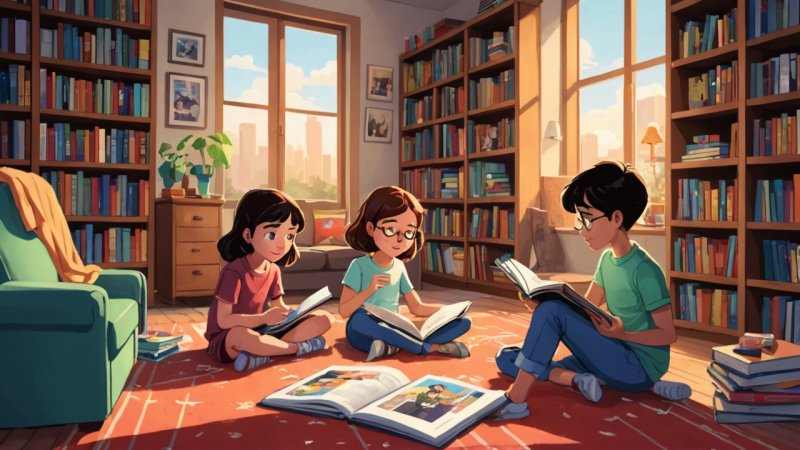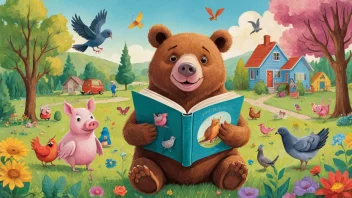In recent years, graphic novels have gained immense popularity among children and young adults. As an engaging blend of visual art and storytelling, graphic novels capture the imagination and interest of young readers. But beyond their entertainment value, these illustrated narratives have also been shown to positively impact children's reading skills.
One of the most significant advantages of graphic novels is their ability to bridge the gap between reluctant readers and literary engagement. The combination of words and images can help children who struggle with traditional texts. For many, the visual elements provide context clues that enhance comprehension. This is particularly beneficial for young readers who might find dense paragraphs intimidating.
Graphic novels also promote literacy in unique ways. The sequential art format encourages readers to follow a narrative in a dynamic manner, often improving their ability to infer and predict outcomes. As children navigate through the images and dialogue, they become active participants in the storytelling process, which can lead to deeper engagement with the text.
Moreover, the variety of genres within graphic novels caters to diverse interests. From fantasy and adventure to historical fiction and memoirs, these narratives can spark curiosity and foster a love of reading. Children exposed to different themes and styles can cultivate their literary tastes and explore complex ideas in an accessible format. This engagement with a wide range of topics can enhance critical thinking skills and broaden their worldview.
Another crucial aspect of graphic novels is their role in visual literacy. In a world increasingly dominated by visual media, the ability to interpret images is more important than ever. Graphic novels help children develop these skills by teaching them how to process visual information, understand symbolism, and appreciate artistic expression. This can translate into better comprehension of images in other contexts, such as advertisements, news articles, and social media.
Additionally, graphic novels often address themes relevant to children and young adults, such as friendship, identity, and personal growth. By tackling real-life issues through relatable characters and stories, these works can encourage discussions about important social topics and emotional experiences. This connection can make reading feel more relevant and meaningful, motivating children to read more.
In conclusion, graphic novels are not just a passing trend; they are a powerful tool in enhancing children's reading skills. By combining visual storytelling with engaging narratives, these works can help reluctant readers develop confidence and competence in literacy. They foster a love of reading, promote critical thinking, and enhance visual literacy, ultimately enriching the reading experience for children. As parents and educators, embracing graphic novels as a legitimate literary format can lead to a more diverse and inclusive approach to reading.






